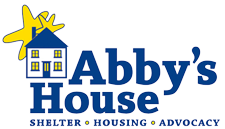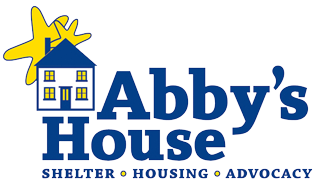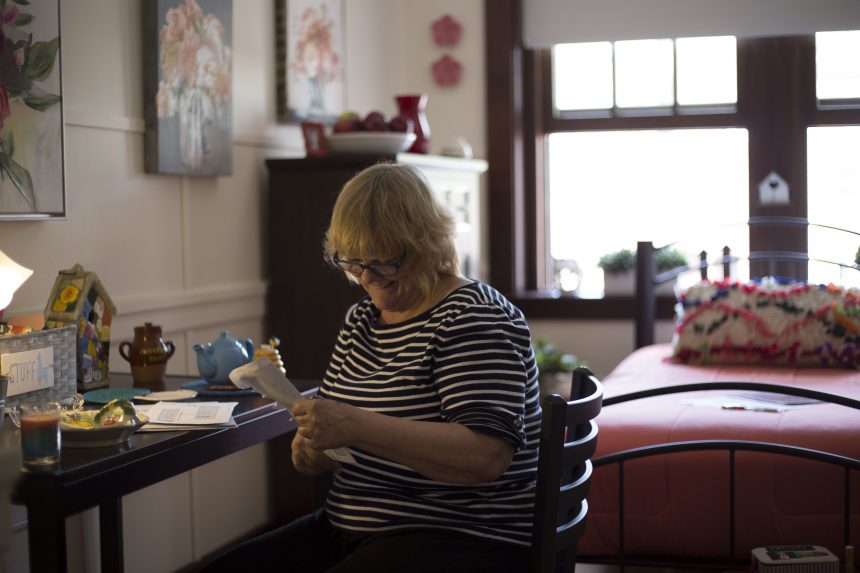Guest blog from Briana & Aspen, students from Worcester State University:
When the words ‘basic life necessities’ come to mind, what’s the first thing you think of? We often hear this term and may not realize that it can have different meanings for different people. Maslow’s Hierarchy of Needs describes basic fundamental human needs as food, water, and shelter. However, statistics and research from the United States Census Bureau and Urban Institute show that 40% of Americans struggle to find access to these essential needs.
According to World Economic Situation and Prospects published by the United Nations, the United States is recognized as one of the largest developed countries in the world, yet it has a large population of low-income individuals and families. Statistics from the US Census Bureau in 2019 state that the poverty rate was 10.5%, which equated to 34 million people who were living in poverty. As reported by the Living Wage Calculator User’s Guide, individuals or families are classified as low-income if they display financial difficulty in having: food security, health care security, and housing security.
Low-income and minimum wage jobs often make it difficult to support these needs. A living wage defines the minimum wage needed to support basic living necessities including food cost, housing cost, transportation cost, medical care costs, and other necessities. The Living Wage Calculation for Massachusetts adds that single individuals would need to earn $17.74 an hour to be considered as making a living wage, and if that individual has a child, they’d have to make $36.88 an hour to be making a living wage. These calculations are based upon the assumption that adults are working full-time. Now add in the additional economic stress from the Coronavirus pandemic that left many individuals laid off, experiencing a reduction in hours, or losing a job because their employer was unable to stay in business and we’re sure to see an increase in homelessness.
So what’s the solution? Affordable housing. Imagine you’re a low-income individual or family and have to pay $1,847 at Fair Market Rent (FMR) to live comfortably in a two-bedroom apartment in Massachusetts. To afford this without spending more than 30% of your income on housing, “a household must earn $6,158 monthly or $73,890 annually” (NLIHC). When translating this information into an hourly wage, this totals $35.52 per hour. To afford a two-bedroom rental home at FMR, an individual making minimum wage would have to work 111 hours per week! This translates into needing to work 2.8 full-time jobs at minimum wage just to afford rent, never mind also needing money for groceries, medical expenses, and transportation costs.
Massachusetts is listed as the third most expensive state to live within the United States. According to numbers from the U.S. Department of Housing and Urban Development’s 2020 Annual Homeless Assessment Report to Congress, 17,975 people in Massachusetts were counted as experiencing homelessness on a single night in January 2020 (The 2020 Annual Homeless Assessment Report).
Since our founding in 1976, Abby’s House has worked tirelessly to provide shelter and affordable housing, as well as advocacy and support services, to homeless, battered, and low-income women, with or without children. We understand the desperate need for more affordable housing, which is why we’ve expanded our services over the last 45 years to include 79 units of supportive housing and have built over 123 partnerships within Worcester County to ensure that women who come to Abby’s House for help receive the tools and resources needed to move from homelessness to housing security. This includes financial literacy and budgeting programs through the Annette Rafferty Women’s Empowerment Center, partnerships with organizations like MassHire, and providing a safe, dignified home for women to live as they work towards a brighter future and new beginnings.


